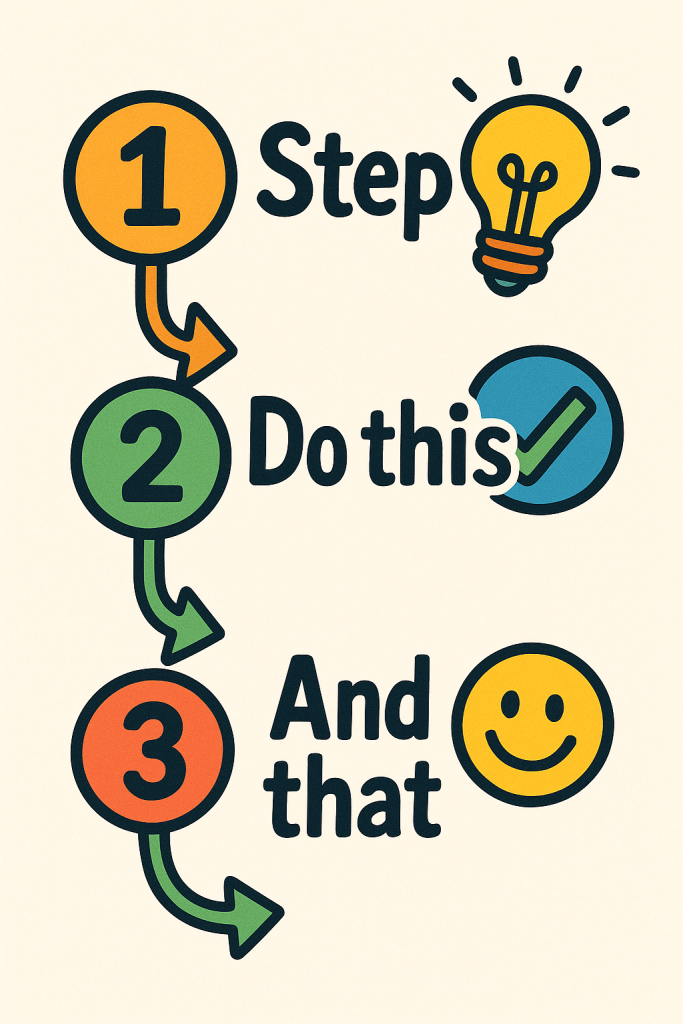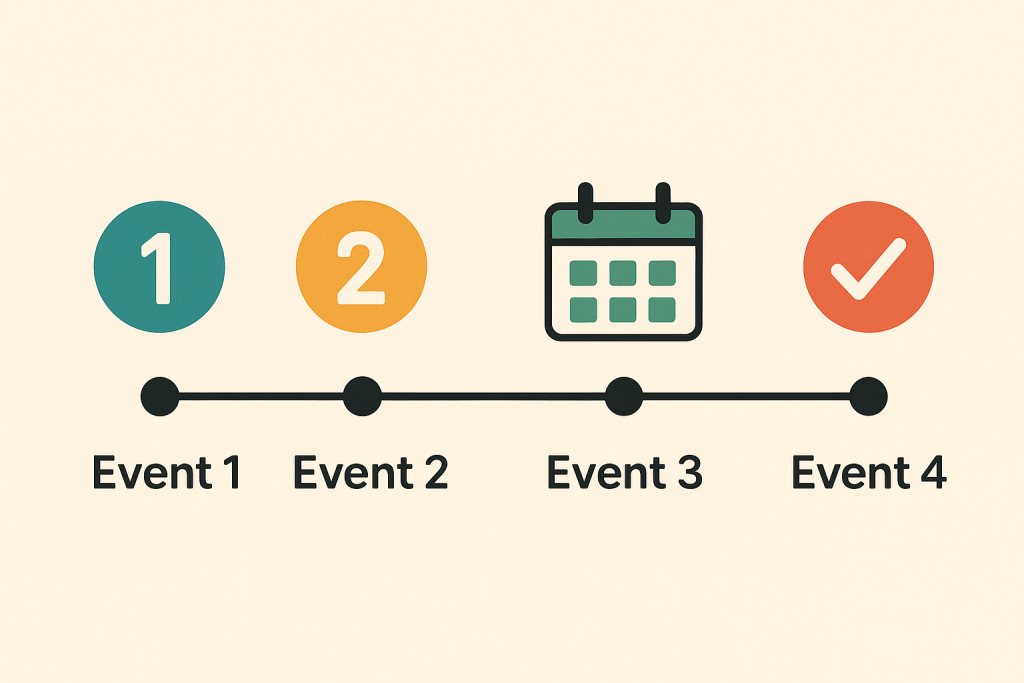Introduction: Why Conjunctions Matter
Ah yes, conjunctions — the duct tape of English grammar. Without them, we’d be grunting out single-word sentences like confused cavemen. Among these indispensable little words, and is the golden retriever of the group: friendly, everywhere, and always trying to connect things.

You’ll see and floating around in basically every sentence ever, from text messages to Shakespearean sonnets. But don’t let its simplicity fool you. And conjunction usage comes with layers, like a deceptively cheerful grammar onion.
In this post, we’re going to dissect and like it’s a frog in a high school science lab. You’ll learn how it functions, where it fits, and how not to abuse it like a caffeine coupon. Let’s give this overlooked conjunction the awkward spotlight it deserves.
What Is the Conjunction “And”?
Let’s not get too dramatic, but and is kind of a big deal. It’s one of the seven coordinating conjunctions (the Magnificent Seven of grammar, if you will): and, but, or, so, for, nor, and yet.
And connects things of equal value — words, phrases, and whole clauses. Basically, if your sentence is a mediocre sitcom, and is the character keeping the plot moving.
It links:
- Nouns: spaghetti and meatballs
- Verbs: run and hide
- Adjectives: loud and obnoxious
- Independent clauses: I texted her, and she ghosted me.
Basic Example:
- I like pizza and regret.
Beautiful, tragic, grammatically sound.
Need a dull but thorough breakdown of coordinating conjunctions? Visit the Cambridge Grammar guide. It’s informative, if you’re into that sort of thing.
Functions of “And” with Examples

1. Addition: Combining Ideas
And adds stuff. That’s its main gig. It makes your shopping lists longer and your stories harder to end.
Examples:
- Tom and Jerry are still at it.
- She brought snacks, sarcasm, and a bad attitude.
- He opened the fridge and stared into the void.
Common Mistake: Don’t create Frankenstein sentences with 47 ands. It’s not impressive. It’s exhausting. Use a period. Or two.
Need help on how and plays in basic sentence structures? Glide over to this guide on simple sentences.
2. Sequencing: Showing Order of Events
Ever want to tell someone what you did today in one breathless monologue? And is your enabler.

Examples:
- She got up and immediately regretted it.
- He blinked and missed the whole plot.
- I logged in and forgot why I came.
Want to sound more intelligent about future events? Visit our chatty friend over at this article on the simple future tense.
3. Condition or Result
This one’s sneaky. Sometimes and acts like it owns a cause-and-effect chain. Like a linguistic middle manager.

Examples:
- Touch that and you’ll regret it.
- Eat your spinach and you’ll win an imaginary prize.
- Skip this section and your grammar teacher will cry.
Don’t confuse this with if. And means the thing will happen. Like when someone says “trust me,” but less suspicious.
Read more about this twisty logic in our conditional sentence rules breakdown. It’s surprisingly not boring.
4. Emphasis or Amplification
Here’s where and gets emotional. Used back-to-back, it creates drama, emphasis, and melodrama.
Examples:
- He ran and ran and ran until he found coffee.
- It was cold and wet and Monday.
- She was tired and annoyed and done.
This is your permission slip to be dramatic. Just don’t do it in every sentence. You’re not writing a soap opera.
5. Linking Complex Clauses
In longer sentences, and glues whole ideas together. You get more sentence for your buck.

Examples:
- He wanted to sleep in, and I wanted to escape reality.
- The dog barked, and the neighbors wept.
Grammar Tip: Use a comma before and if both sides are full sentences. No one likes a grammar rebel with no cause.
Still worried about where the comma goes? Calm your nerves with this Oxford explanation. It’s like a warm glass of milk for grammar anxiety.
Why Understanding “And” Matters
Mastering and conjunction usage won’t make you a billionaire, but it might save you from sounding like a confused chatbot.
Here’s why it matters:
- You sound smarter and less like you’re guessing.
- Your writing becomes less painful to read.
- You finally understand why teachers red-penned your essays.
Try using and in three different types of sentences today. If nothing else, you’ll feel accomplished. Sort of.
Want a grammar flex? Check out our page on verbs ending in -s. It’s weirdly satisfying.
Conclusion
Look, and is like the glue stick of English. Not flashy, but essential. It holds your ideas together, builds rhythm, and lets you pile on more nonsense without starting a new sentence.
So the next time you see and, give it a little nod of respect. Or don’t. It’s a conjunction, not your therapist.
Want more oddly enthusiastic grammar help? Dive into parts of speech, coordinating conjunctions, simple subject breakdowns, and punctuation rules. Because why stop now?
Frequently Asked Questions (FAQs)
1. What is the conjunction and used for?
To connect stuff. Words, phrases, clauses. Like a matchmaker for grammar.
2. Can you start a sentence with and?
Yes. Despite what your 5th grade teacher said. Just don’t get addicted.
3. Is and a coordinating conjunction?
Yes. It plays nicely with equals. Unlike your group project partner.
4. How do I avoid overusing and?
Mix it up. Use commas. Take a nap. Then come back and read this post again.
